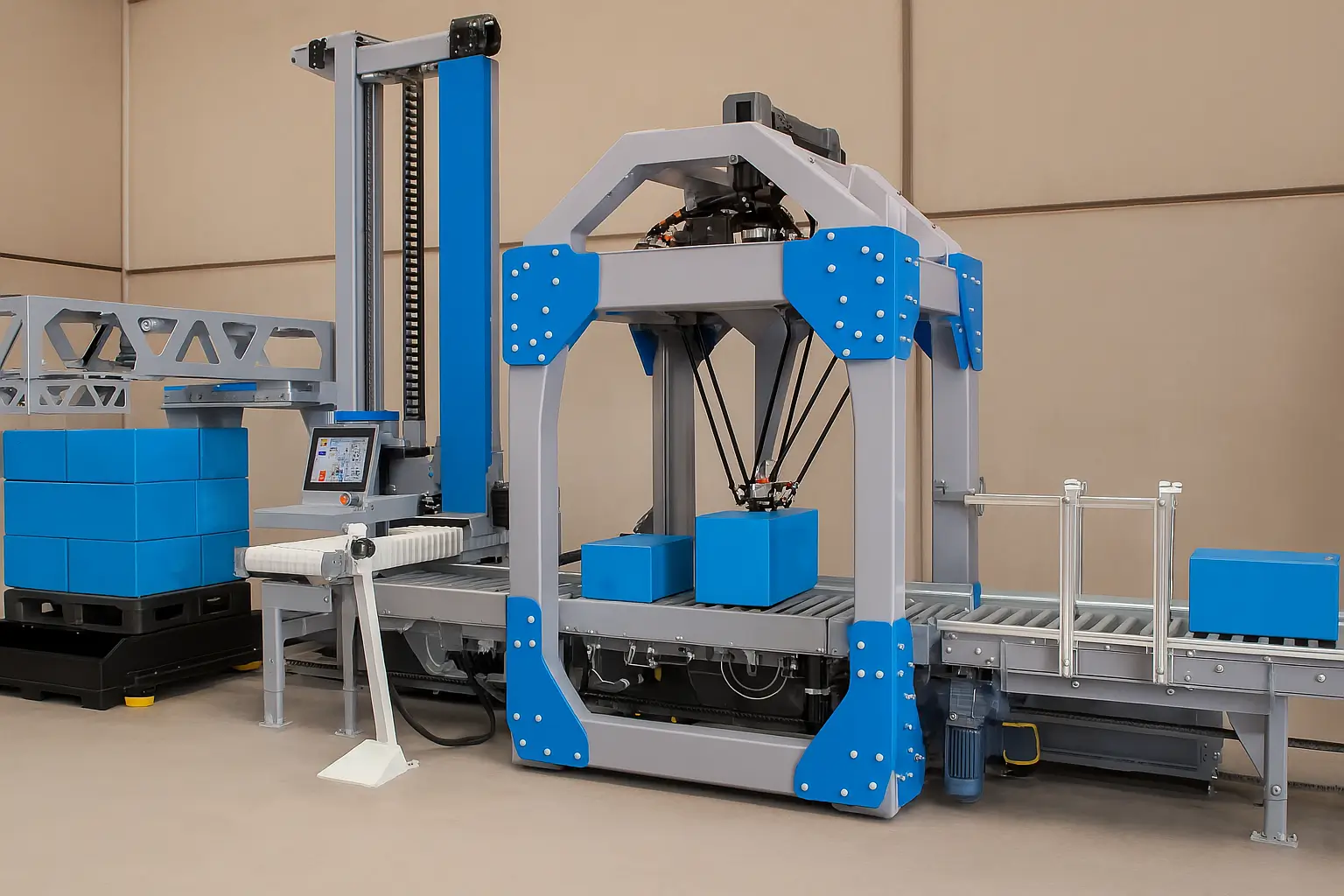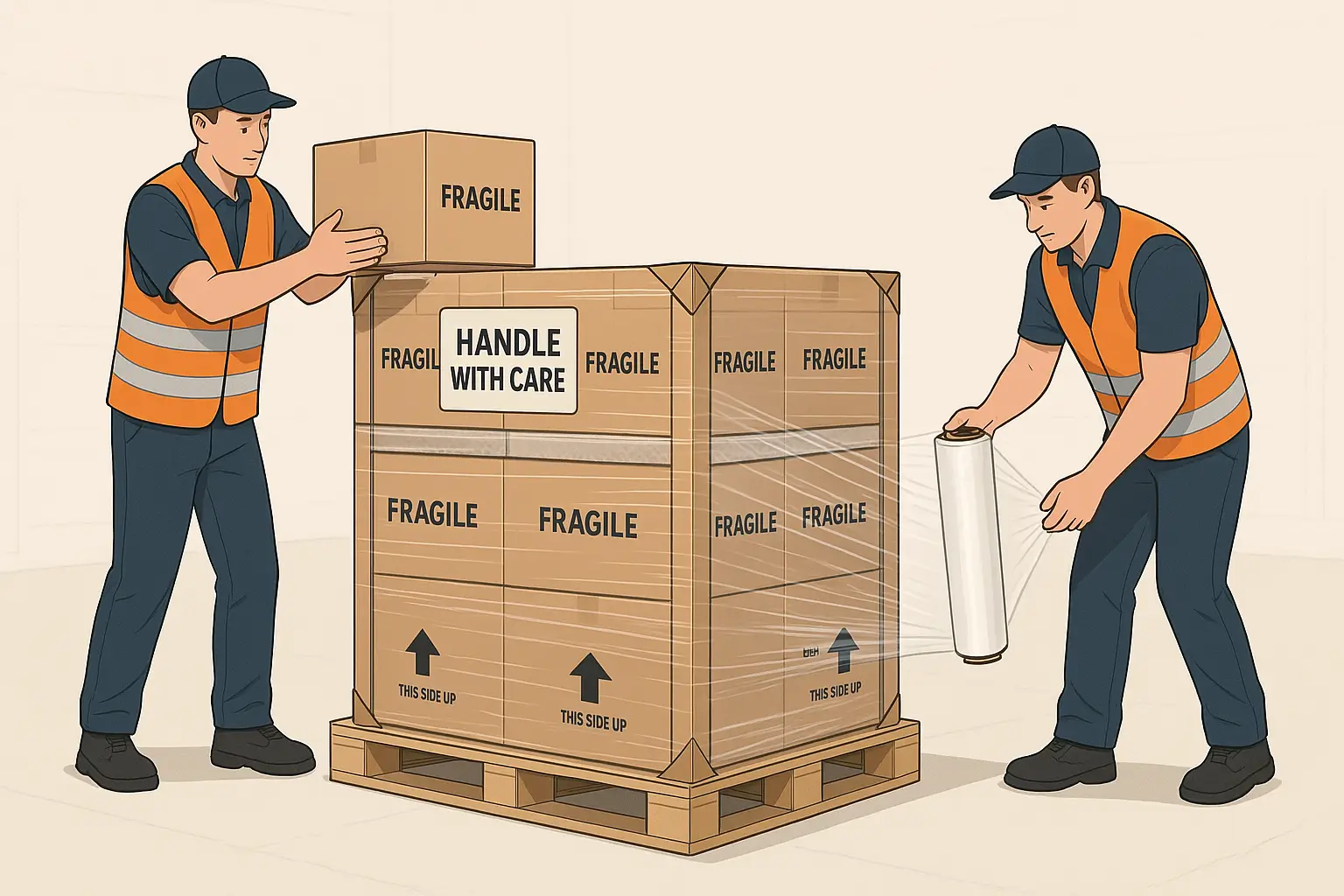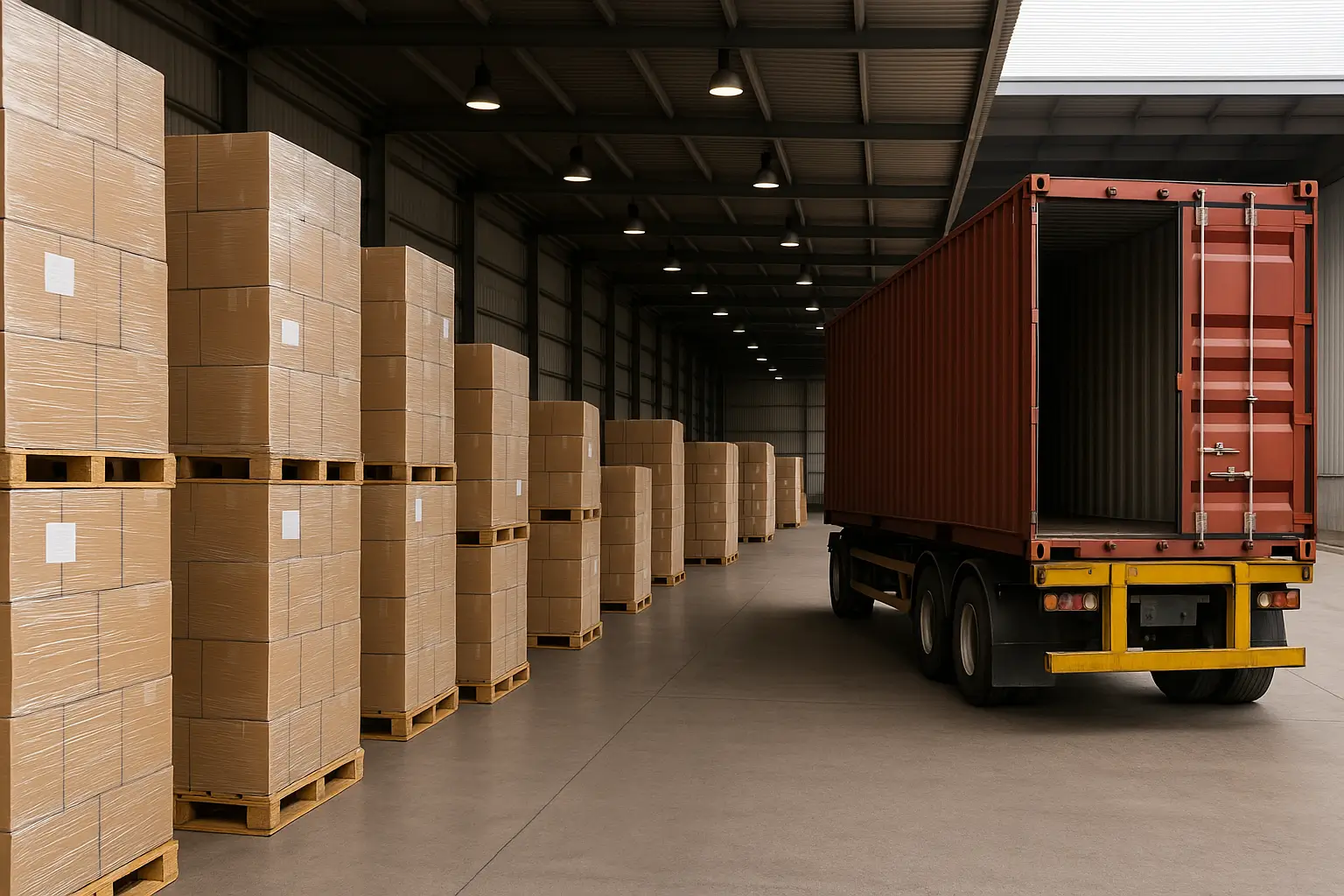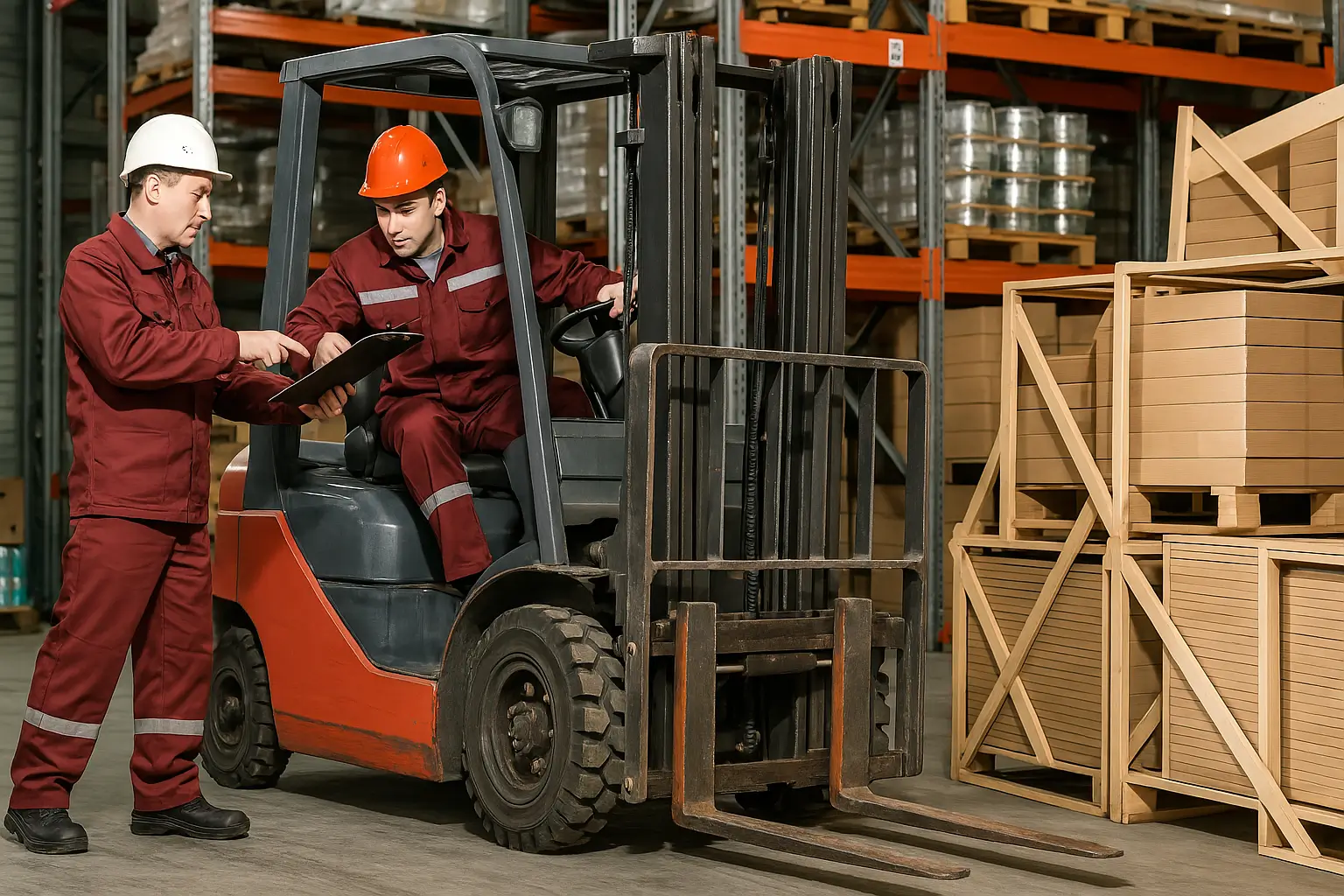When using forklifts for ammunition and explosives (AE), safety protocols are crucial. Following them helps keep operations efficient and prevents serious accidents. DA PAM 385-64 is the Army’s guide on Ammunition and Explosives Safety Standards. It states that specific rules must be followed when using forklifts to lift pallets of AE. This report outlines the requirements and best practices for safely handling hazardous materials.
(more…)-

The 85% Rule: Why Warehouse Efficiency Declines at High Occupancy Rates
This well-known principle in logistics shows when performance starts to drop sharply. This happens even if space use only goes up a little. This report looks at why this happens. It explores the math behind queueing theory. It also points out the challenges that come up when warehouses hit this key stage.
(more…) -

What Is Layer Palletizing
Layer palletizing is an advanced automated process used in logistics and warehousing. It stacks products in layers on pallets.
This method helps with efficient storage and transportation. This method changes how we prepare goods for shipment. It focuses on stability, space savings, and efficiency. The technology blends mechanical systems and programmable controls. This creates secure, uniform pallet loads.
These loads can handle the demands of transportation while also maximizing storage space. Automation is changing supply chain operations. Layer palletizing is now a key solution. It helps with labor shortages, boosts workplace safety, and increases productivity. This technology benefits many industries, including food, beverage, pharmaceuticals, and manufacturing.
(more…) -

CHEP Pallets: The Blue Standard in Global Supply Chain
CHEP pallets are blue, standardized shipping platforms. They are used worldwide in supply chain and logistics. These pallets work through a rental-based pooling system. These pallets are run by Commonwealth Handling Equipment Pool (CHEP). They show one of the world’s best circular economy business models.
(more…)
CHEP pallets are different from traditional ones. Instead of buying them, businesses rent CHEP pallets. These pallets are shared, recovered, repaired, and reused in a large network. This network includes manufacturers, distributors, and retailers all over the world. This creates both operational efficiencies and environmental benefits. -

Modular Palletizing Systems
Modular palletizing systems are basically next-level automation for the end of production lines. They’re super flexible and can grow with your business needs. You get the best of both worlds. Enjoy robots that are super precise. You can also mix and match parts to customize them however you want. The cool thing is they can change and adapt as your production requirements shift over time.
(more…) -

How Many Pallets Fit in a 26-Foot Box Truck
A 26-foot box truck can hold about 12-14 regular pallets (48” × 40”). How many you fit really depends on how you arrange them. If you stack them two-high, you could fit 24-28 pallets. Keep in mind that weight limits, item height, and stacking ability affect how much you can fit. (more…)
-

How to Palletize Fragile Items
Palletizing fragile items is key to making sure they arrive safely. Seventy-four percent of U.S. consumers see packaging as key in buying choices. Proper palletizing can cut product damage by up to 90%. So, businesses that ship fragile items must master this skill. This guide shows how to safely palletize fragile items. Choose the right materials and use safe methods for your shipments.
(more…) -

How to Choose the Right Palletizing System
Choosing the best palletizing system for your operations is crucial. It affects efficiency, safety, and your profits. Automation is growing in manufacturing and warehousing. So, knowing all about palletizing solutions is now more important than ever.
(more…) -

Can Pick-Up Trucks Load Pallets in California?
Yes, pick-up trucks can legally carry pallets in California. However, it’s important to follow weight limits, securing rules, and best practices. If you’re moving pallets for personal or business reasons, knowing California’s rules is key. It helps you transport safely and legally.
(more…) -

How to Drop Off a Pallet at an LTL Freight Terminal
Dropping off your pallet at a carrier’s terminal for LTL freight saves time and money. This process, known as “utilizing a carrier’s dock,” lets you control your shipment better. It can also help you avoid extra service charges. This guide walks you through the terminal drop-off process. It covers everything from preparation to execution.
(more…)

